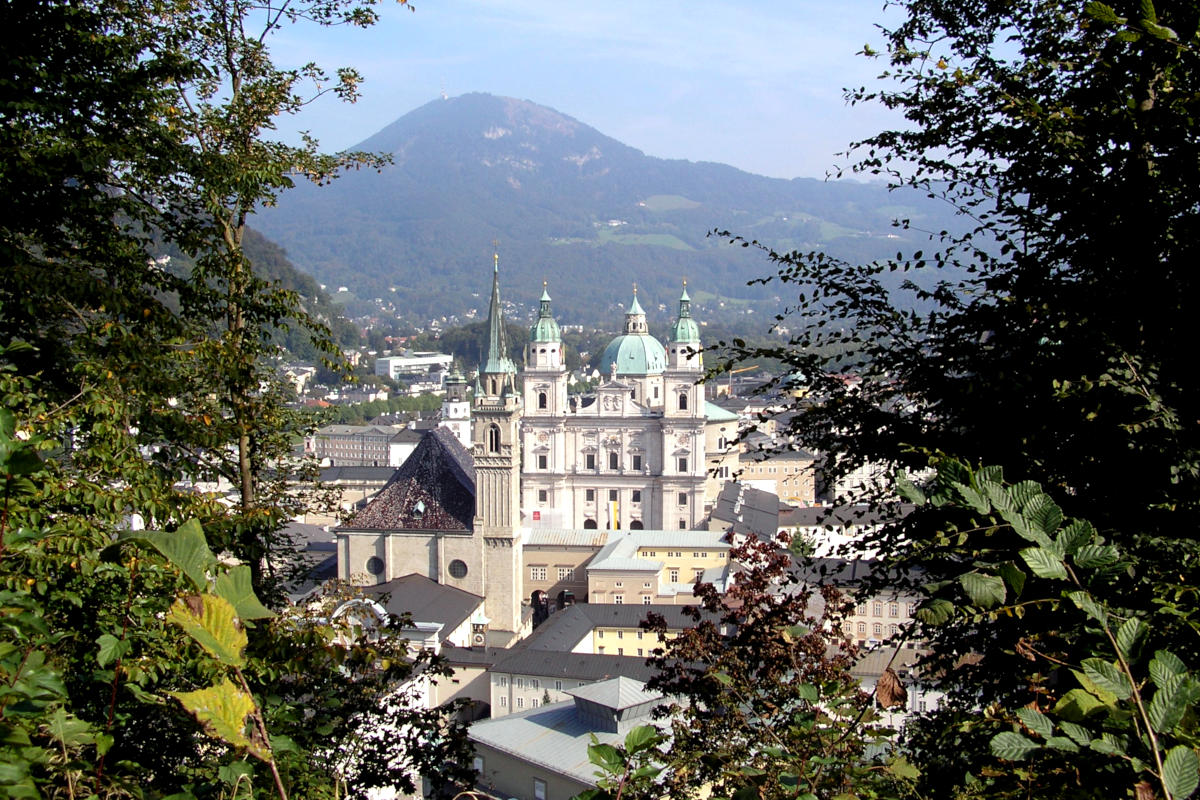Lapis Lazuli: The Royal Gemstone of Wisdom
Lapis Lazuli, with its deep blue color and golden flecks, is a semiprecious gemstone that has been esteemed for its beauty and symbolism since ancient times.

Known for its regal appearance and association with wisdom, this gemstone carries a fascinating history and continues to be treasured today. Let us explore the scientific specifications, origins, mining practices, and historical significance of Lapis Lazuli.
Scientific Specifications and Origin
Lapis Lazuli is a metamorphic rock composed primarily of the minerals lazurite, calcite, and pyrite. Its most notable characteristic is its rich blue color, often with golden specks of pyrite scattered throughout, creating a striking appearance reminiscent of a starry night sky.
The origin of Lapis Lazuli dates back millions of years and is usually found in limestone-rich rocks near areas of contact metamorphism. The presence of sulfur-rich fluids during its formation gives rise to the presence of pyrite and enhances the gemstone's golden flecks.
Main Sources and Modern Mining
Lapis Lazuli is primarily found in Afghanistan, where it has been mined for over 6,000 years. The Sar-e-Sang mines in Afghanistan are particularly renowned for producing some of the finest Lapis Lazuli in the world. Other sources include Russia, Chile, and smaller deposits in various parts of the world.
Modern mining techniques involve both traditional and mechanized methods. Miners extract the Lapis Lazuli-bearing rocks, and the gemstones are carefully separated from the surrounding material. The rough Lapis Lazuli is then cut and shaped into various forms, such as cabochons and beads, to showcase its vibrant blue color and golden pyrite inclusions.
Historical Significance
Lapis Lazuli has a long and esteemed historical significance, particularly in ancient civilizations. It was highly valued by the Egyptians, Sumerians, and other cultures for its intense blue color, which they associated with royalty, power, and divinity. It was often used in ancient art, jewelry, and religious artifacts.
The gemstone's association with wisdom and truth can be traced back to various historical figures and cultures. In ancient Egypt, Lapis Lazuli was believed to promote clarity of thought and insight. It was also a symbol of protection and a connection to the gods.
Today, Lapis Lazuli continues to be appreciated for its royal blue color and its association with wisdom and self-awareness. It is often used in jewelry designs and decorative objects, serving as a reminder of the importance of seeking inner truth and enlightenment.
In conclusion, Lapis Lazuli's scientific specifications, origins, mining practices, and historical significance contribute to its allure as a semiprecious gemstone. Its deep blue color and golden pyrite inclusions make Lapis Lazuli a beloved gemstone that continues to captivate and inspire people worldwide, evoking a sense of wisdom and reverence for its timeless beauty.
More about gemstones
Newest Shenanigans
 | The Enchanting Ways of Austria Austria boasts a breathtaking tapestry of landscapes, from the soaring peaks of the Alps to the rolling hills of the wine regions. |
 | 12 must-see attractions in Vienna, Austria There is never enough time to fully discover and appreciate a historic capital like Vienna, but we can try. So here is a list of 12 must-see attractions in Vienna. |
 | 12 must-see attractions in Graz, Austria If you have time on your hand, I recommend to discover Graz by yourself. But time is tricky to come by these days, so here is a list of 12 must-see attractions in Graz, Austria. |
 | 12 must-see attractions in Salzburg, Austria Like most places on our planet, Salzburg is a city you need time to fully discover and appreciate. However, time is always hard to come by these days. So here is a list of 12 must-see attractions in Salzburg. |
 | Some museums to visit in Salzburg Salzburg is a city rich in culture and history, so naturally it features many interesting museums. By all means, the list is not complete, but I try to add the small museums too. |
 | 12 must-see attractions in Innsbruck, Austria Of course the best way to discover a city rich in culture and history like Innsbruck would be to spend a lot of time there. But since time is often an issue, here are 12 must-see attractions in Innsbruck, Austria. |
 | 12 must-see attractions in Linz, Austria For us people of Salzburg, Linz is just a short hop away by train - so we can visit often. If you are short on time however, here are 12 must-see attractions in Linz, Austria. |
